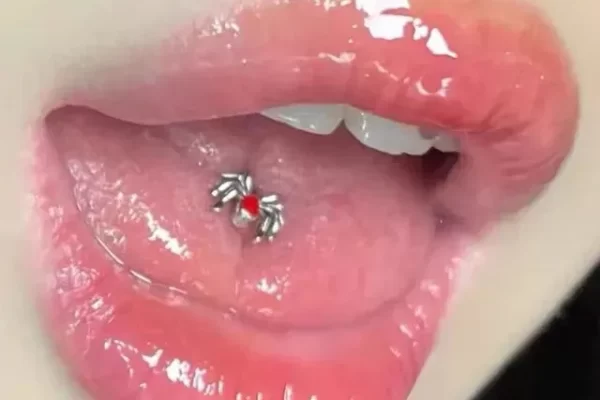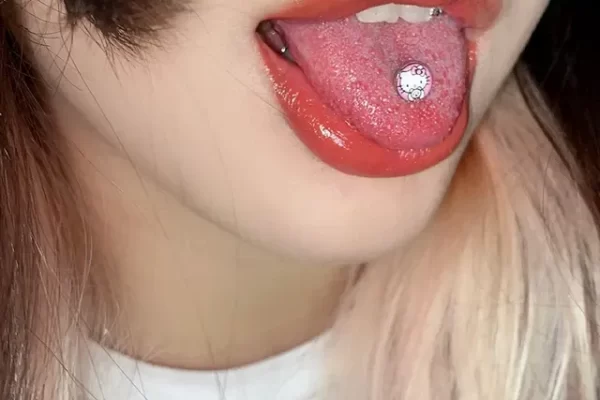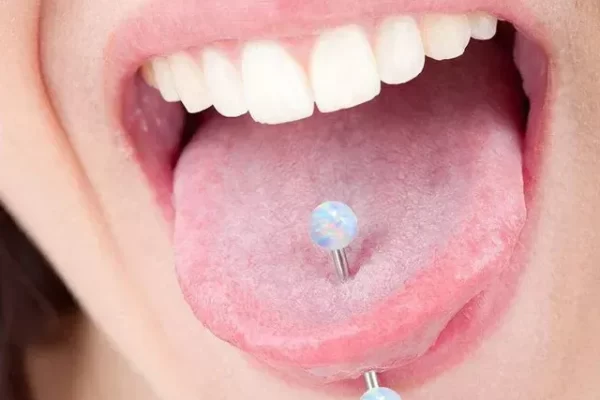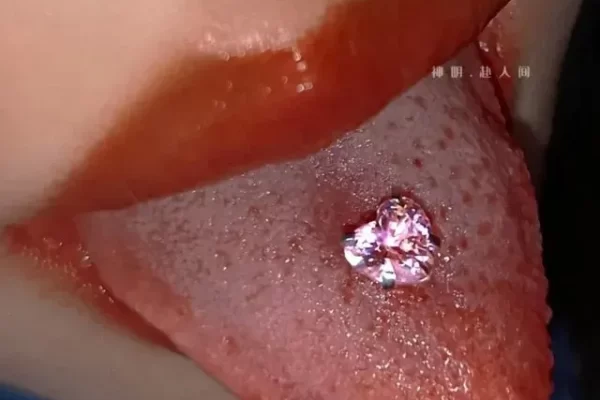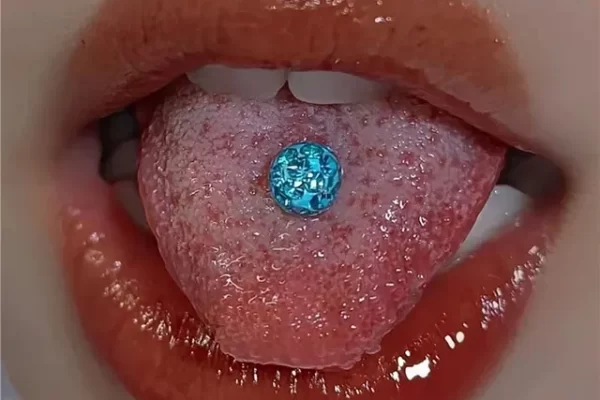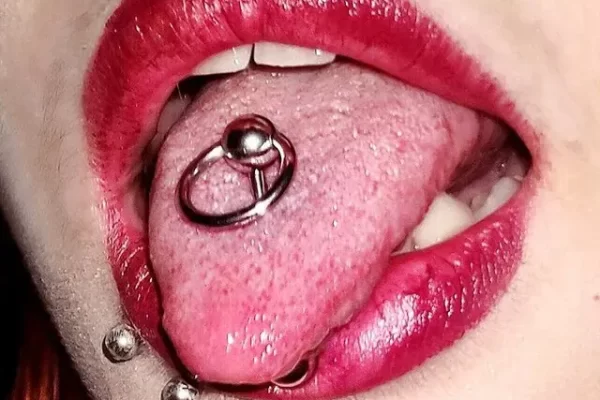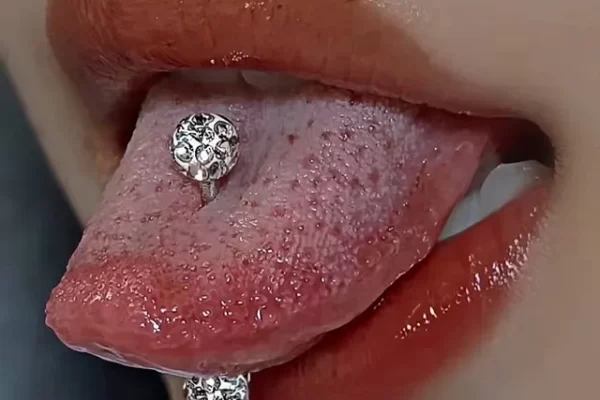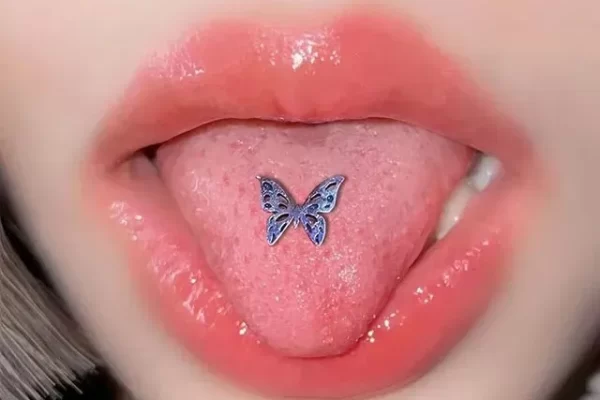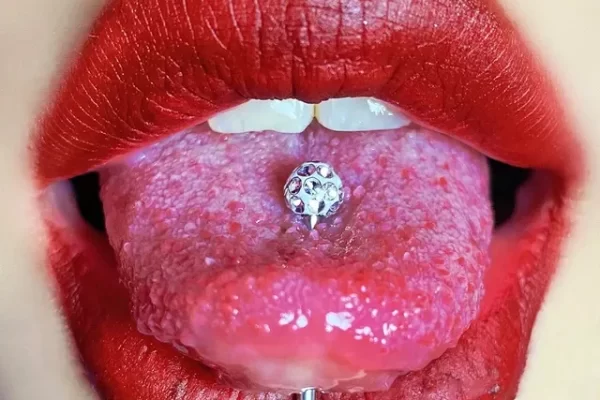Tongue piercing in Madrid
Tongue piercing is a form of body art that is very popular despite its daring nature. It involves piercing the tongue to insert jewellery such as bars or rings. This type of piercing not only offers a unique aesthetic appeal, but is also associated with a rich history and cultural significance. In this guide we will take an in-depth look at the origins, piercing process, care, healing stages and potential risks of tongue piercing.
History and cultural significance of tongue piercings
Tongue piercings have a long history and have been practised in various cultures around the world, often associated with ritual and spiritual meanings. In some indigenous cultures, tongue piercing was considered a means of achieving a trance-like state or connecting with the gods. In modern society, tongue piercing is seen primarily as an expression of personal identity and individual style.
The tongue piercing process
To minimise the risk of complications, tongue piercing should always be performed by an experienced professional piercer. The process begins with a thorough cleaning of the tongue and oral cavity. The tongue is then held in place with special tweezers and the piercing site is marked. The tongue is pierced with a sterile needle and the jewellery is inserted. Usually a longer bar is chosen for the first piece of jewellery to allow for swelling.
Care and healing of a tongue piercing
Healing time for a tongue piercing can range from 4-6 weeks, and the first few days after piercing are usually associated with swelling and discomfort. In order for healing to be quick and uncomplicated, it is essential to pay attention. This includes
- Rinsing your mouth regularly with an antiseptic mouthwash or saline solution, especially after eating.
- Avoid spicy, acidic or hot foods and drinks for the first few days.
- Smoking, alcohol consumption and sharing cutlery or lip cosmetics should be avoided to prevent infection.
- Have you had your tongue pierced in Madrid and need help? Visit our piercing salon in Madrid.
Possible risks and complications of tongue piercing
As with any piercing, there are potential risks associated with tongue piercing, such as infection, swelling, altered sense of taste, damage to teeth and gums, and risk of swallowing the jewellery. Choosing an experienced piercer and strictly following aftercare instructions can help minimise these risks.
CONCLUSION
Tongue piercing is a fascinating form of body art that offers aesthetic and personal expression. Although it carries certain risks, professional performance and conscientious care can help ensure that the piercing heals safely and can be enjoyed for a long time. As with all piercings, it is important to be well-informed beforehand and be aware that care and protection of the piercing is crucial to its long-term preservation.
Looking for tongue piercings in Madrid? Visit our Piercing Madrid lounge – with a great selection of piercings.
**Image source – Aliexpress



